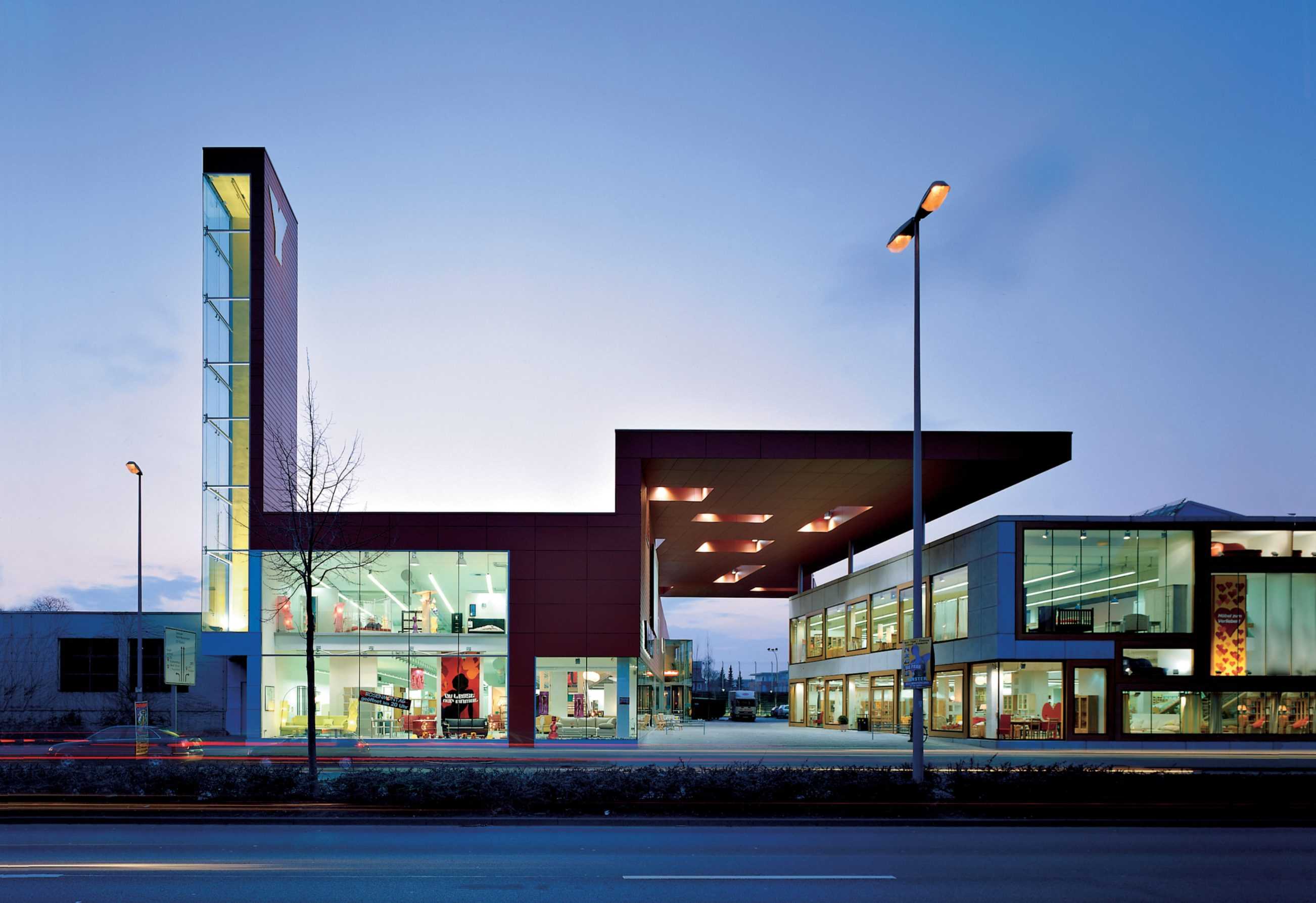
RS+Yellow Furniture
TYPOLOGY: Retail
COUNTRY: Germany
CITY: Münster
YEAR: 2003
GFA: 7.700 sqm
CLIENT: Rainer Scholze
AWARDS: Award for Exemplary Corporate Architecture in NRW 2004
PHOTOS: © Christian richters
‘A staging of shopping’. The widespan shop outlet typology usually situated on the periphery is here reconstituted as an urban facade, city near and addressing the city bound / city exiting traffic. Three stores (RS, Yellow, Brands) with an overall shop area of 5.000 m2 cluster with warehouse and delivery bays, around an internal parking piazza. An advertising tower erupts on one corner, a supersign, a new actor in the quartier’s tower landscape (Trinity Church and Fire Station Tower).
A theatrically proportioned roof frames the pedestrian/car entrance. This transition space is a constructed perspective (rejecting any ideal viewing point), a reciprocal scenographic framing of inner and outer world. The hovering roof grows out of and connects the two larger shops. Logistics are critical – 18 m long lorries cross the piazza and disappear into the building.
The exaggerated scale of the wooden window frames in RS (which sells wooden furniture) are stacked like boxes (These 35 cm wide frames sidestep a local building regulation that prohibits wooden facades on retail structures). A dialogue between contained and container that continues in the interior detailing. Both structure (prefabricated concrete) and the materiality (fibre-cement panels) of the facades respond with an economic and systemized appropriateness to the ‘outlet’ building type.









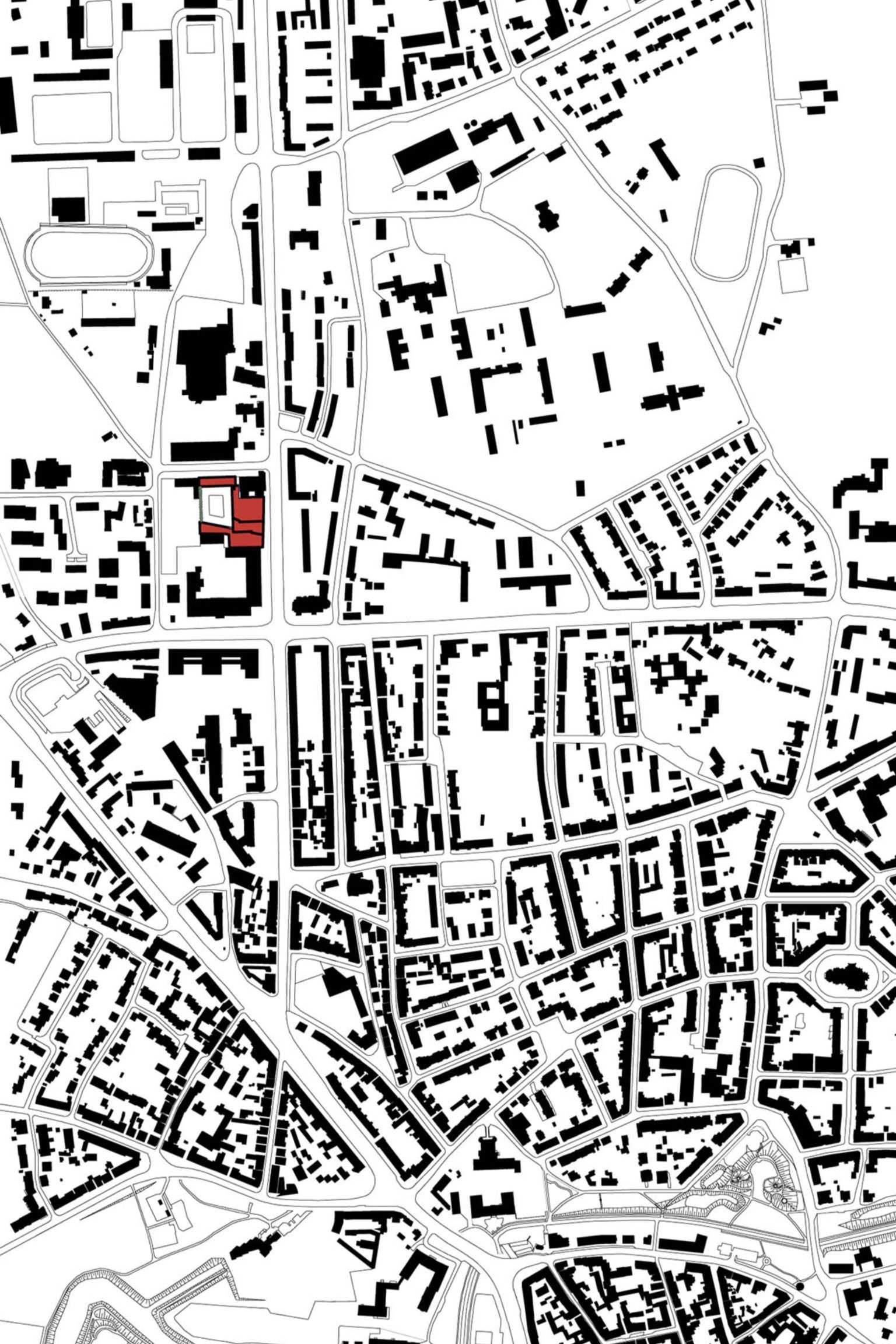


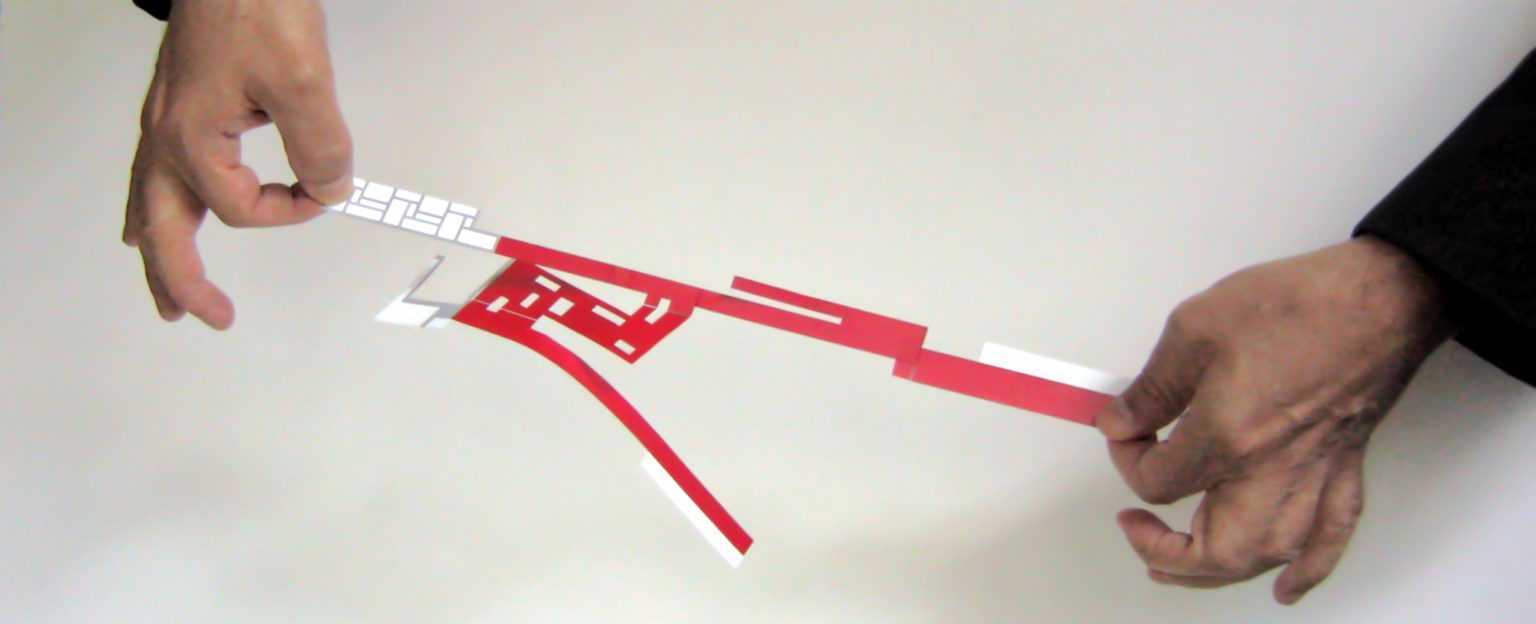



City Hall Willich
TYPOLOGY: Office
COUNTRY: Germany
CITY: Willich
YEAR: 2003
COMPETITION: 2001, First prize
GFA: 2.630 sqm
CLIENT: Stadt Willich
PHOTOS: © Christian Richters, © BOLLES+WILSON
The entrance to Schlosspark Neersen is framed by the parallel sides of the Schloss / City Hall and the new building for the City Hall technical Departments.
With its wide span-cantilevered canopy and transparent facade the new addition presents its functions like a building scale vitrine.
The enclosing back wall is in a discrete and modest industrial brick, in keeping with the suburban surrounds and at the same time a reference to the nearby Mies van der Rohe Haus Lange and Haus Esters.




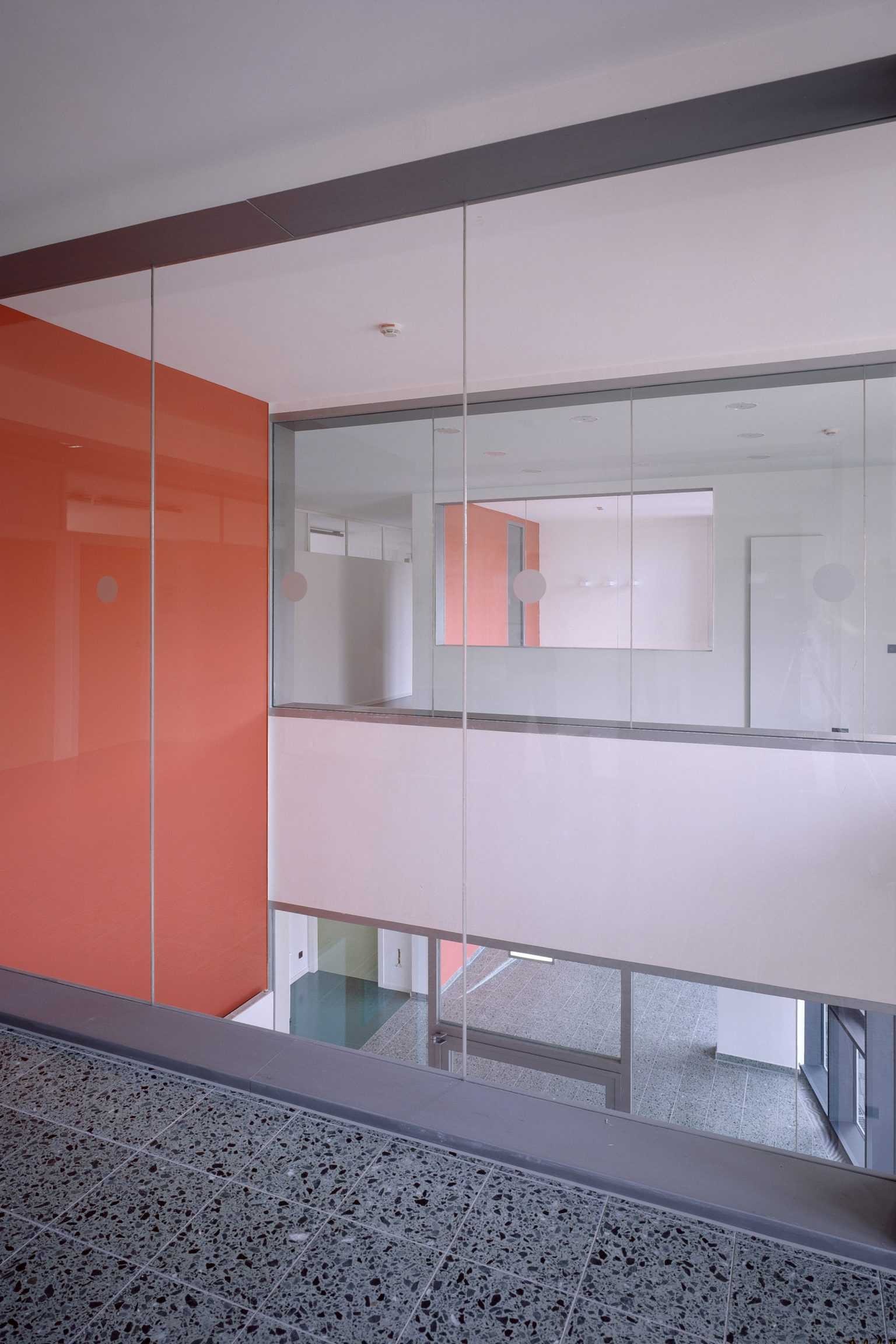








Dom Quartier
TYPOLOGY: Office
COUNTRY: Germany
CITY: Magdeburg
YEAR: 2002
COMPETITION: Invited Competition 1997, First Prize
GFA: 48.000 sqm
CLIENT: Nord/LB
PHOTOS: © Roland Halbe, Klemens Ortmeyer, Christian Richters, Edmund Summer
The extensive Square of Germany’s oldest Gothic Cathedral is framed to the east and north by Neo-Baroque (post-war reconstructed) Parliament and Chancellery for the state of Sachsen-Anhalt. The enclosure of the square is completed with these two new blocks housing a bank (Nord LB), Chamber of Commerce, offices, shops and restaurants.
The wider urban context is noble but battered and heterogeneous in the extreme. Only occasional fragments of the medieval or 19th century Prussian Administration city remain, marooned between socialist system built housing slabs. With German Reunification and the subsequent building boom Magdeburg like most east German cities was the recipient of a number of inner city shopping blocks and speculative offices competing in the free market rush with an explosion of out-of-town shopping and office boxes. In the subsequent economically depressed atmosphere the two new ‘Domplatz’ blocks represent foundation stones for a considered qualitative and long term investment in the culture of the city.
Two blocks are divided into three (three users) by the introduction of the ‘Bankgasse’ which bisects and animates the larger block, extends a Domplatz tree Allee and focuses on the neighbouring St. Sebastian. A compositional strategy of scenographic sequences (external and internal), and significant details (serpentine corners), rigorous geometries and poetic moments.
Volumetric stringency (a rigorous facade height of 20 metres and paired windows), are ameliorated by the patchwork texture and colour variations of the blue/grey stone facade (Brazilian Azul Macaubas). A haptic richness not unlike the irregular weathering of the 800 year old cathedral stones. Glazed and canopied Roof Pavilions set up above the rigorous parapet line a sequence of cross city vector relationships.
Systematized Office Interiors are interrupted by a larger sequence of movement spaces with light walls and material elaboration (Banking Hall, Atrium, Entrance Lobbies, Rooftop Restaurant).










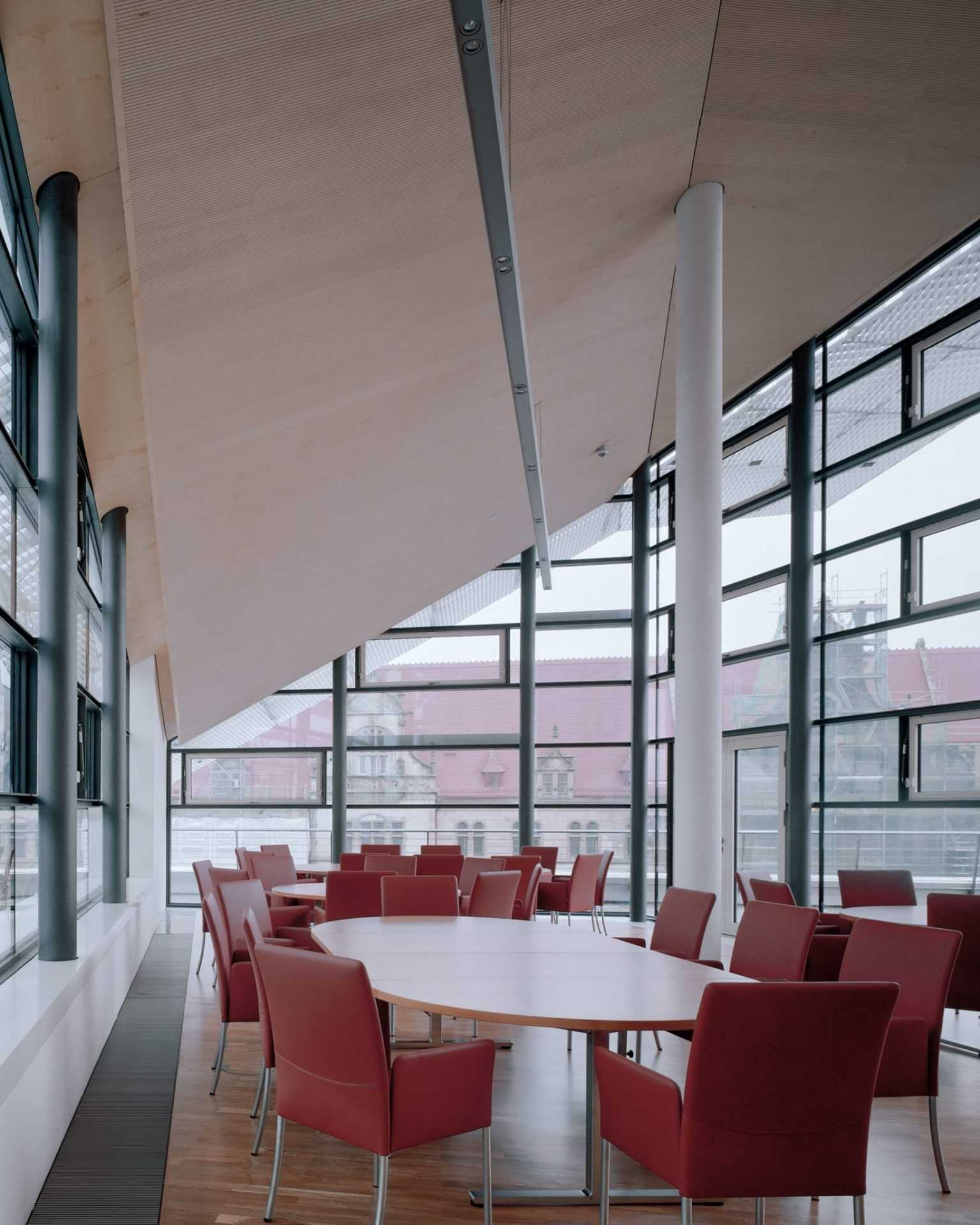


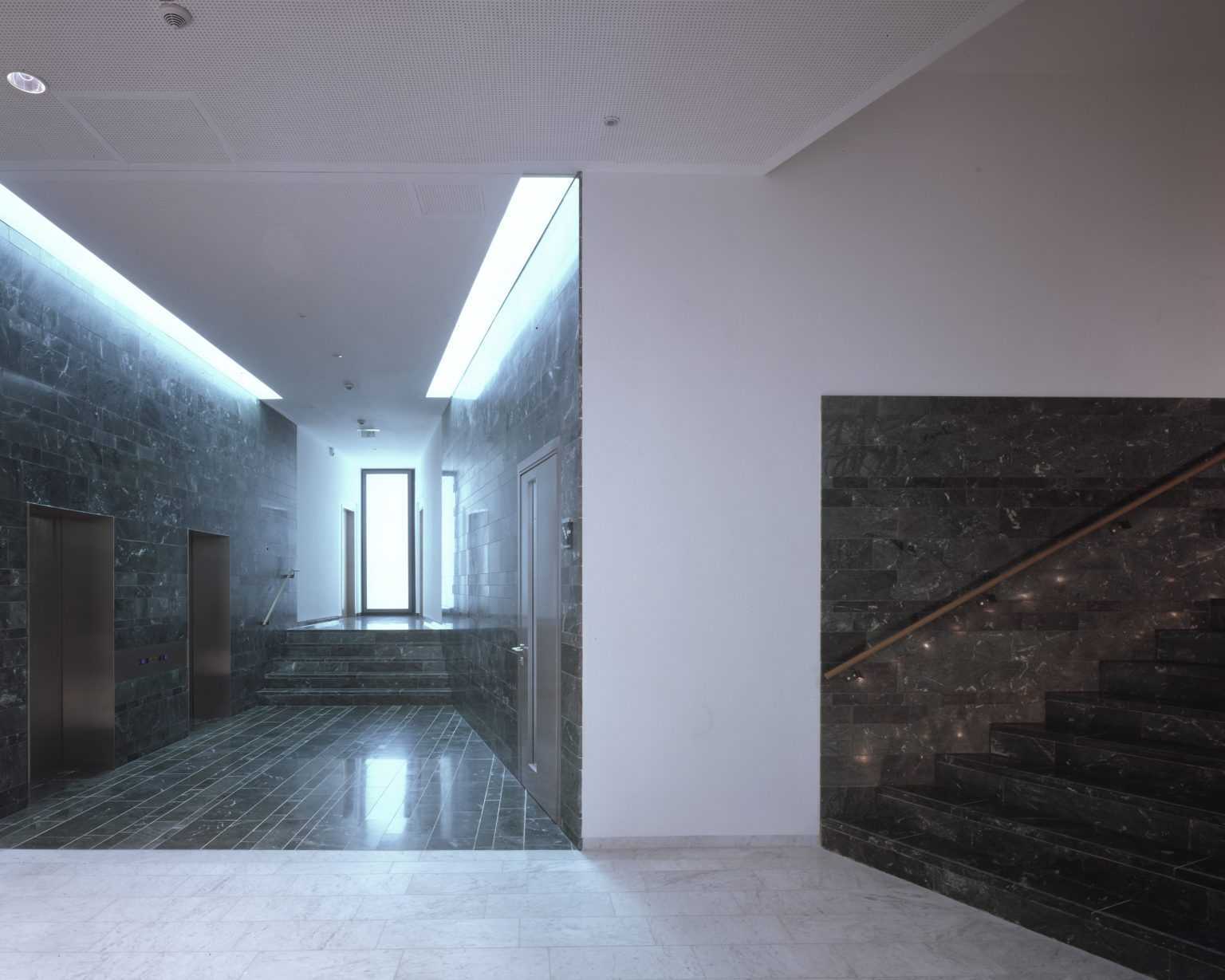
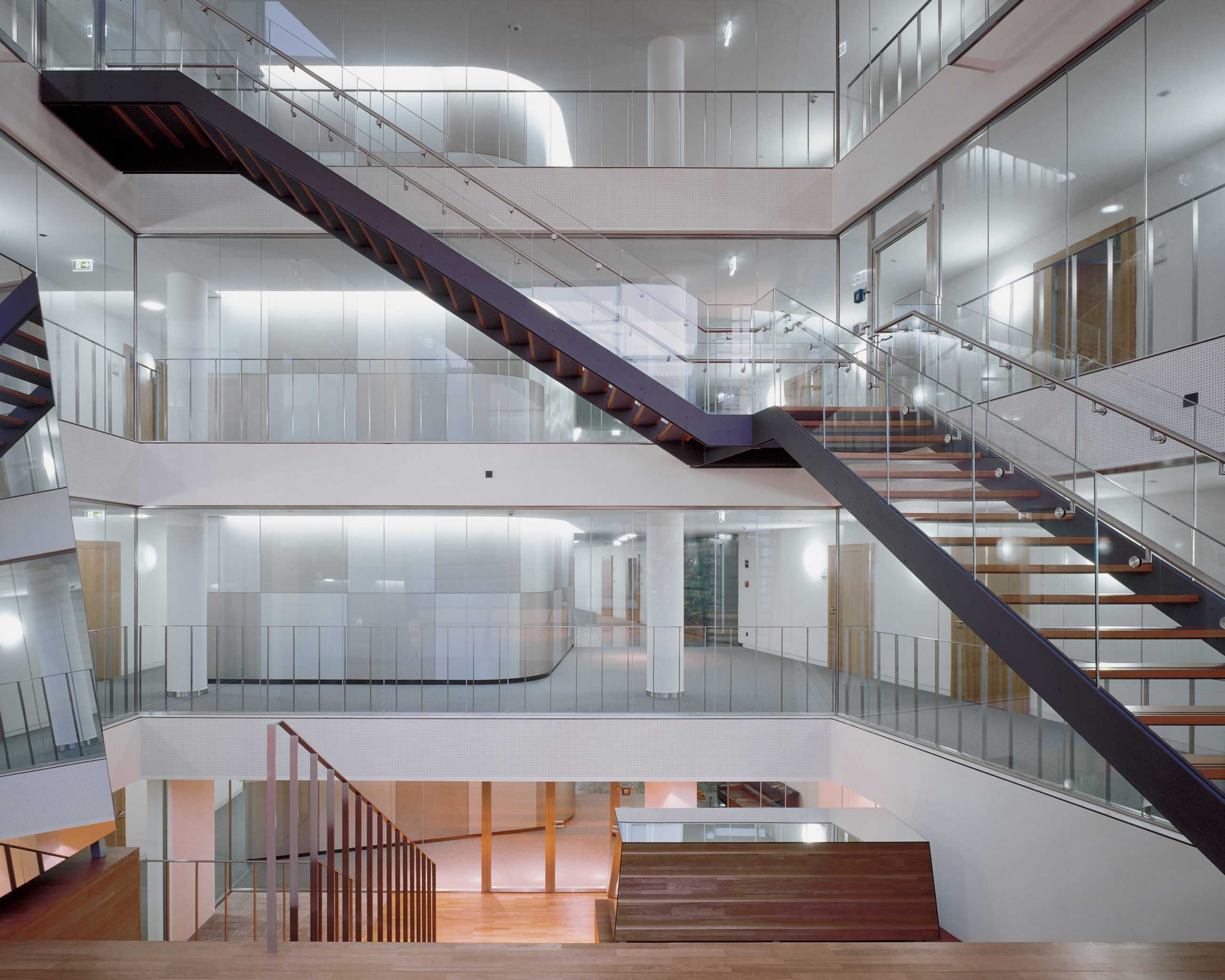









Falkenried
TYPOLOGY: Masterplan, Residential, Office
COUNTRY: Germany
CITY: Hamburg-Eppendorf
YEAR: 2004
COMPETITION: Masterplan Competition 1999, First Prize
GFA: 34.500 sqm
CLIENT: Bayerische Hausbau GmbH, Munich
AWARDS: German Urban Planning Award 2004
PHOTOS: © Christian Richters
The anatomy of redundant bus and tram workshop/sheds was co-opted as the organising template for this 1999 premiated Quartier Masterplan. An east west piazza focusses the networked block interior.
The principles of the Masterplan were: The ‘loftising’ of one workshop shed, a brick administration building which grows into penthouses and bus garage doors which envelope row-houses.
Southward from the piazza a spatial choreography of Office Slab and Housing Tower leads over a raised terrace with a second (zigzag) office facade, past a café/bar, down an Eisenstein stair to street and canal. This perspectival sequence – an opening and closing of large scale urban rooms – is homogenised by its rich and tactile material, a ‘Hamburg-solid turf-fired brick’.
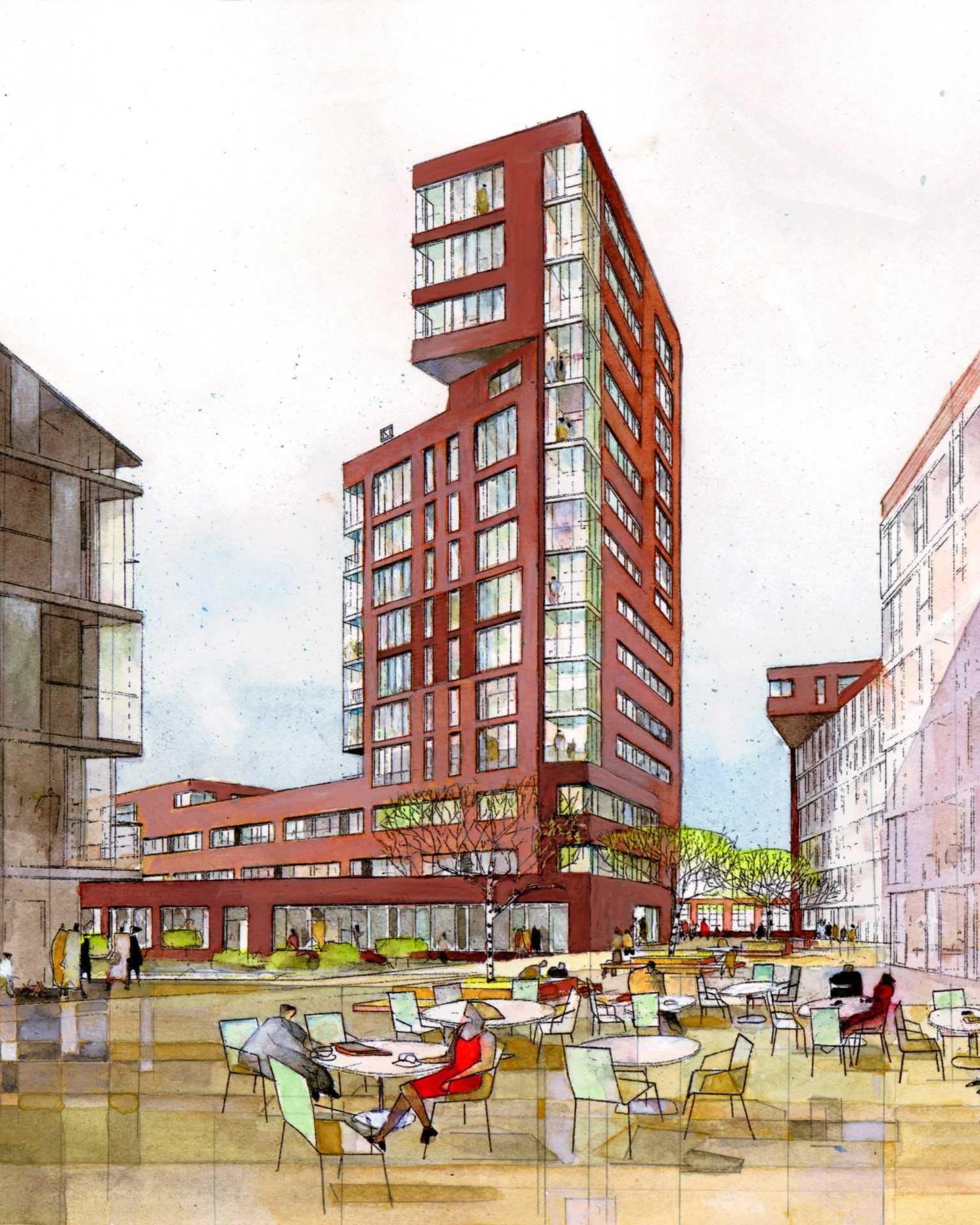
















Wohn und Stadtbau Housing Association Headquarters
TYPOLOGY: Office
COUNTRY: Germany
CITY: Munster
YEAR: 2004
COMPETITION: 2001, First prize
CLIENT: Wohn und Stadtbau GmbH
PHOTOS: © Christian Richters
Entering the city from the north, a straight road, at the apex of its perspectival triangle a silhouette of cathedral and other church towers. Progressing into this picture, slightly downhill the view is gradually obscured, the outer traffic ring crossed.
The next 500 m rise, not a dramatic topography but enough to awaken expectation – ‘up there I will be in the city’. Buildings on the right enclose and to some extent counteract the latent drama of this ascent, this arrival. The left is undergoing a transformation, a re-configuring, a chance for a modulated roofline to enhance topographic character.
This is the intention of the sculpted silhouette of the new offices of the ‘Wohn+Stadtbau’ Housing Association. Its crest location is critical. The structured plaster façades of both volumes do not just echo but enhance site topography and the drama of entrance.
Entering the building involves a counter and smaller scale spatial sequence. The building front steps back from the heavily trafficked street to a transparent foyer. The ground floor facilitates intensive visitor traffic, waiting spaces extend into the internal court and playground.





